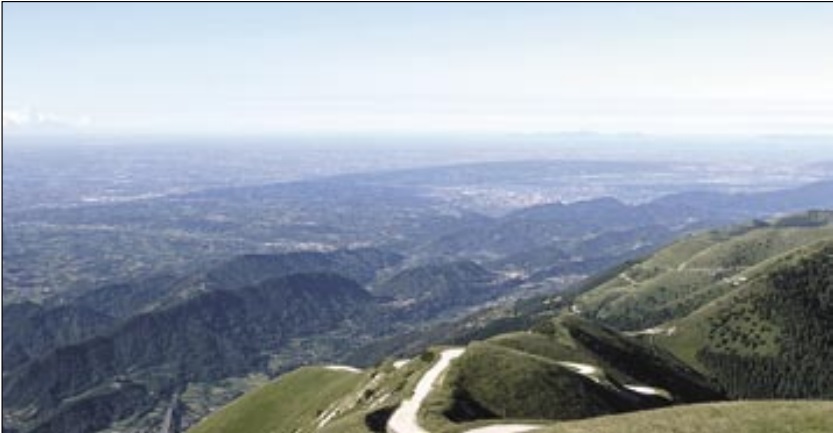The Montello hill: The “Classical Karst” of the Conglomerate Rocks
DOI:
https://doi.org/10.3986/ac.v34i2.269Abstract
Grič Montello je najbrž najbolj tipična morfološka enota krasa, razvitega v konglomeratnih kamninah. Lahko ga štejemo za klasični kras v konglomeratu, primerljivim s klasičnim krasom na apnencu, Tržaškim Krasom. Montello je v tlorisu ovalen, dolg približno 13 km v ZJZ – VSV smeri ter širok okoli 5 km. Razvit je v »montelskem konglomeratu« poznomiocenske starosti (mesinij), ki ga gradijo največ karbonatni prodniki zlepljeni s kalcitnim vezivom, debeline do 2000 m. Montello je oblikovan v cel sistem oblik, nastalih zaradi rečnega uravnavanja in vrezovanja, vidnih na osrednji planoti in sedmih živoskalnih uravnanih teras. Terase so vrezane v pobočje opuščene anticedentne doline. Na rečni uravnavi so se razvile vrtače, večinoma iz grezov pa tudi zaradi točkovnega prenikanja. Vsega skupaj jih je preko 2000. Vrtače na sedmih živoskalnih terasah kažejo različen razvoj in različno velikost glede na starost površja. Kaže, da je bil v začetni fazi morfogeneze vrtač vpliv strukture, to je lezik in razpok, šibak; nasprotno pa je bila poroznost odločujoči dejavnik za razvoj kraškega odtoka.
The Montello hill is, probably, the most typical morphounit between the karsts developed in conglomerate rocks. It may be considered the classical karst of the conglomerates comparable with the Classical Karst of limestones: the Carso of Trieste. The Montello hill consists in an elliptical plan figure, elongated for about13 km in a WSW-ENE direction and a width of about 5 km. The rock unit involved is the “Conglomerato del Montello” of late Miocene age (Messinian), mostly composed by carbonate pebbles bound by a calcitic cement, which is 2000 m thick. The Montello is shaped by a complex system of fluvial planation and incision forms in which are distinguishable a main plateau and a stairs of seven planation rock cut terraces. The terraces are cut in the slope of a dead antecedent valley. On the fluvial planation forms, dolines, mostly of the draw down type but also of the point recharge type, have evolved. In total more than 2000 dolines are present. In the seven rock cut terraces the dolines show different development and dimensions according with the ages of the surfaces. In the first morphogenesis of these dolines and of the caves the control of the plan structures as the bedding surfaces and the fractures seems to have been feeble; on the contrary the porosity of the conglomerate has been a determinant factors for the developmente of the karst drainage.
Downloads

Downloads
Published
How to Cite
Issue
Section
License
Authors guarantee that the work is their own original creation and does not infringe any statutory or common-law copyright or any proprietary right of any third party. In case of claims by third parties, authors commit their self to defend the interests of the publisher, and shall cover any potential costs.
More in: Submission chapter




